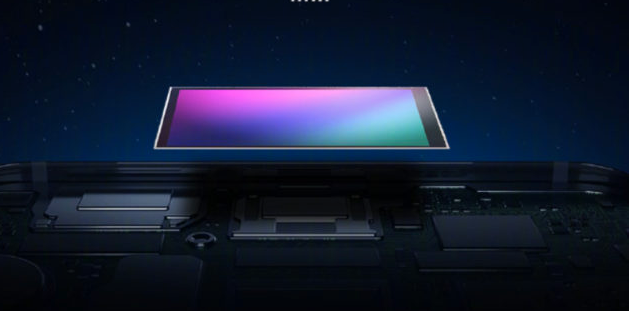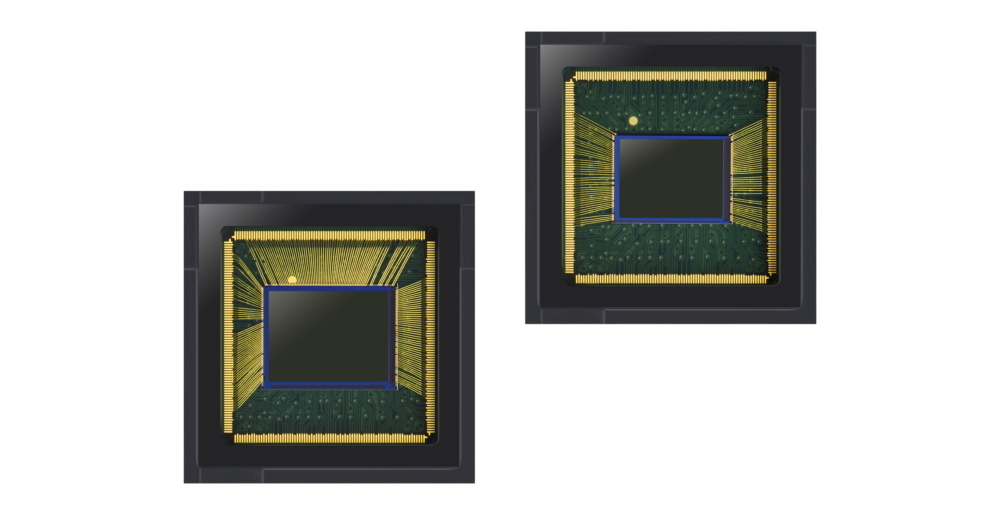Samsung’s coming for your camera sensors. Assuming, that is, that it isn’t already making them. Last we heard, Samsung was ramping up production of its 64MP ISOCELL sensor. Then, Xiaomi announced that a far larger sensor was in the offing. Now, Samsung’s given us some of the numbers behind one of the largest smartphone cameras sensors we’ve ever seen.
How big?
Called the Samsung ISOCELL Bright HMX, the new 108MP sensor is “…the first mobile image sensor in the industry to go beyond 100 million pixels”, according to Samsung. The company reckons the upgrade of its 64MP sensor will put smartphone cameras even deeper into DSLR-bothering territory. Samsung’s gone and made the first 1/1.33in sensor for the ISOCELL Bright HMX, claiming impressive low-light performance. Samsung’s Tetracell tech will be in place to further boost performance.
Also coming for the sensor is a little something called Smart-ISO, which intelligently sets ISO settings based on ambient lighting conditions. This is one of those things we’re really keen on seeing in person rather than taking Samsung’s word for it. Improved images at both (automatically selected) high and low ISO settings sound great on paper but we’ll take a real-world test over a press statement, thanks.
 The oversized camera sensor should have some serious video chops, at least. Recording at up to 6K (6,016 x 3,384) at 30fps should be possible. Again, though, this is something we want to see in person. Based on Samsung’s statement, this is something we’ll need a Xiaomi smartphone to test. It doesn’t seem like the pair will be sharing their new toy any time soon.
The oversized camera sensor should have some serious video chops, at least. Recording at up to 6K (6,016 x 3,384) at 30fps should be possible. Again, though, this is something we want to see in person. Based on Samsung’s statement, this is something we’ll need a Xiaomi smartphone to test. It doesn’t seem like the pair will be sharing their new toy any time soon.
Samsung’s Yongin Park said, “Through close collaboration with Xiaomi, ISOCELL Bright HMX is the first mobile image sensor to pack over 100 million pixels and delivers unparalleled colour reproduction and stunning detail with advanced Tetracell and ISOCELL Plus technology.”
As for when we’ll see it? The Samsung ISOCELL Bright HMX apparently goes into mass production later this month. It should land in a smartphone soon after, so we’re hoping to see it by year-end.
Source: Samsung




